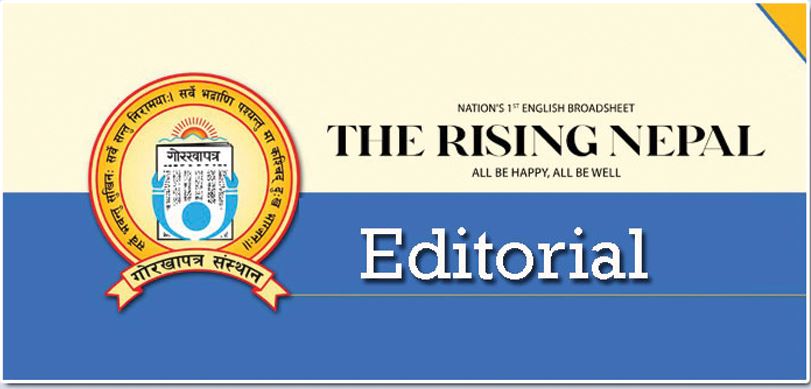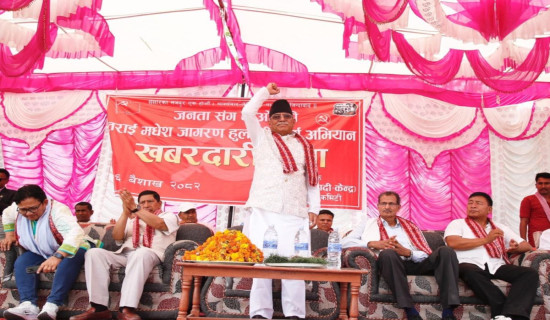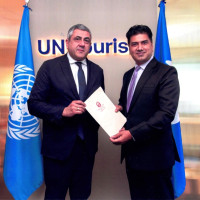- Wednesday, 30 April 2025
Doctors' Woes Resolved
The Medical Education Commission (MEC) has decided to raise the monthly stipend for resident doctors at private medical colleges on a par with those working in government health institutions. The commission has decided to provide Rs. 48,737 to all the resident doctors pursuing MD/MS degrees in private medical colleges from the date of the decision. The decision is expected to improve the financial status of resident doctors in private institutions. However, they have continued to hit the streets, demanding that the medical colleges announce from which day the decision will come into effect. They have been staging protests under the auspices of the Nepal Medical Association, an umbrella body of doctors, shutting down all services except emergency and intensive care since April 25.
The commission's meeting, held under Prime Minister KP Sharma Oli, resolved a longstanding deadlock. The commission has formed a task force to review the number of seats and fee structures for the undergraduate MBBS and BDS programmes. Though the decision to provide allowance is fair, its broader implications should be taken into account in terms of its sustainability. Despite providing similar services, resident doctors working at the private medical colleges were poorly paid in comparison to their counterparts in government-run hospitals. At a time when health professionals are seeking job opportunities abroad, the government should increase its facilities. The decision will encourage them to work inside the country.
The commission has standardised the stipend, which ensures that private institutions no longer exploit the hardworking healthcare professionals. It is essential to understand whether these private institutions will be able to pay the residential doctors at government-equivalent rates sustainably. As per the private institutions, they are grappling with the costs of running high-quality medical education programmes. The private institution plays a crucial role in expanding access to medical education but has also been criticised for prioritising profit over quality.
The fee structures of private medical colleges, often exorbitantly high, have been a heavy financial burden on students and their families. This has created an exacerbating divide between the wealthy and the less privileged. The new task force must ensure the changes made do not inadvertently worsen this divide. If the reforms made by the commission are implemented with genuine concern, it would ensure accessibility and fairness. The decision of the commission also instructed the agitating resident doctors to return to their duties and studies. The protest was not only about the stipend; they were also asking for a better working environment and the recognition of the immense pressures faced by resident doctors.
The commission should not sidestep the deeper issues concerning the mental health and well-being of doctors, who often work in challenging conditions with little remuneration. The government should take a holistic approach to address the problems faced by the resident doctors. The sustainability of the decision made by the commission should require further scrutiny. The technical committee should keep the larger goals of equity, accessibility and quality at the forefront of all decisions.
















